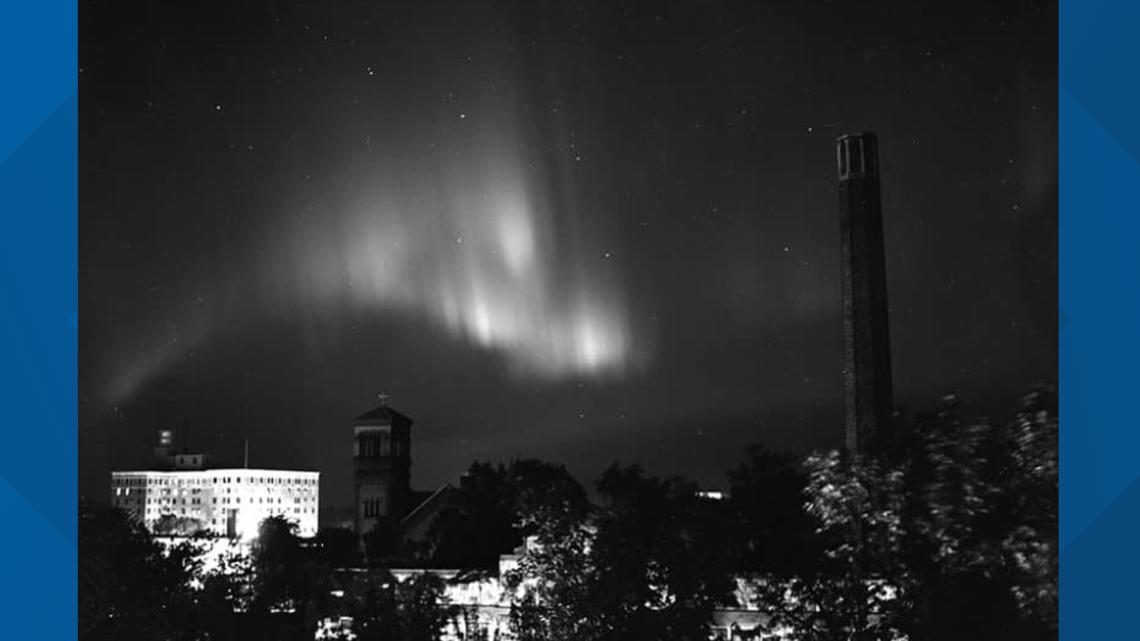JACKSONVILLE, Fla. — A rather rare phenomena for Florida was witnessed on the First Coast exactly 81 years ago.
On Sep.18, 1941, a large geomagnetic storm struck the earth, causing an aurora borealis to stretch as far south as North Florida. The image below shows the same Aurora over Iowa.


According to the Jacksonville NWS, the event was viewed from 7:50 p.m. to 11:15 p.m. that day to the north. It had changing colors and was a beautiful site.
Some may have been spooked though, during that time the US had not joined in yet but World War II was on going in Europe. Thus, a strange site on the horizon many people had not seen before had to have been surprising.
In Europe, the Aurora's also caused problems on the front lines there with communications causing radio blackouts. Due to the Auroras timing during the war it has also been known as "The Aurora Blitz of 1941".
Auroras are a result of Coronal Mass Ejections. According to NASA, a CME is "The outer solar atmosphere, the corona, is structured by strong magnetic fields. Where these fields are closed, often above sunspot groups, the confined solar atmosphere can suddenly and violently release bubbles of gas and magnetic fields called coronal mass ejections. A large CME can contain a billion tons of matter that can be accelerated to several million miles per hour in a spectacular explosion."
As this interactions with the earths magnetosphere it can create an Aurora like the one witnessed on September 18th 1941.



